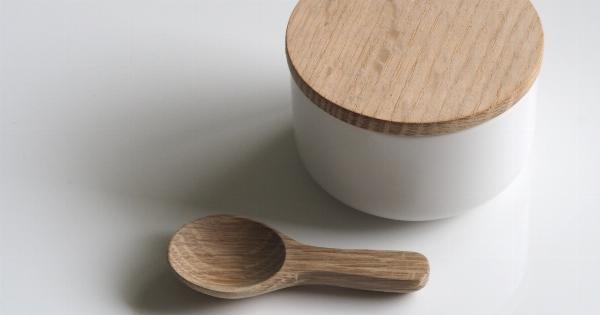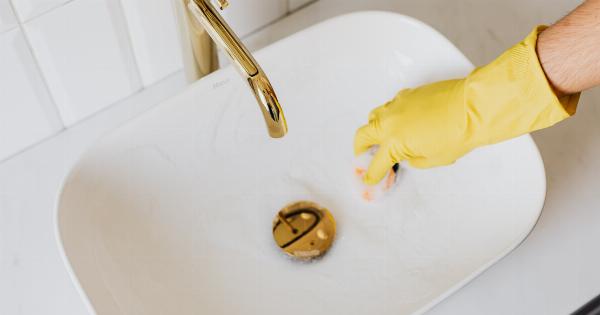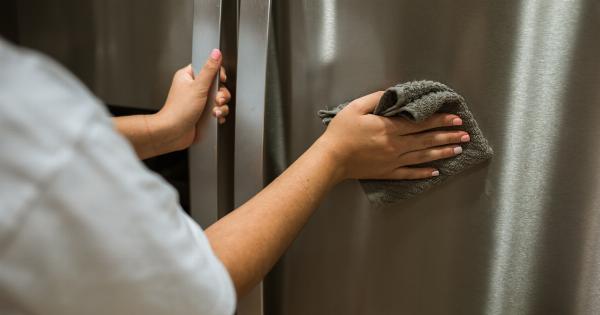There’s nothing more disappointing than preparing a delicious meal with a serving of freshly cooked rice, only to discover some unwanted guests mingling in your dish.
Weevils and other insects can often find their way into rice during storage, and it’s essential to know how to remove them to ensure a clean and safe culinary experience. In this article, we will explore effective methods to get rid of these unwanted intruders and enjoy your rice without any worries.
Understanding the Culprits: Weevils and Other Insects
Before we dive into the methods of removing these insects from rice, let’s take a closer look at the culprits themselves. Weevils are small beetles that infest various grains, including rice.
They are often transported into our homes through contaminated rice bags or storage containers. These pests can quickly multiply and infest your entire rice supply if not addressed promptly. Besides weevils, you may also encounter other insects, such as beetles or moths, which can find their way into rice or other grains.
However, no matter the specific pest, the methods discussed here will help you eliminate them effectively.
Inspecting and Identifying Infestation
Before cooking your rice, it’s crucial to inspect it for any signs of infestation. Take a close look at the uncooked rice grains for any visible insects or small holes indicating their presence.
Weevils are about 3-4mm in length and are reddish-brown or black in color. If you notice any insects or suspect an infestation, it’s best to discard the rice to prevent further contamination. Additionally, thoroughly clean the storage containers or rice bags to eradicate any remaining pests or eggs. Maintaining proper hygiene and regularly inspecting your rice storage areas can help prevent future infestations.
Method 1: Freezing the Rice
Freezing rice is a simple and effective method to kill any insects that may be present. Follow these steps to remove male and ensure the safety of your rice:.
Step 1: Transfer the Rice to Sealable Plastic Bags
Transfer the cooked rice to sealable plastic bags, ensuring that the bags are tightly closed to prevent freezer burn. If you have a large quantity of rice, divide it into smaller portions to expedite the freezing process.
Step 2: Place the Bags in the Freezer
Put the bags containing rice into the freezer and leave them for a minimum of three days. The freezing temperature will kill any insects or eggs, ensuring your rice is pest-free.
Step 3: Thaw and Reheat Before Consumption
After the freezing period, remove the bags from the freezer and allow them to thaw. Once thawed, reheat the rice before consuming. This step is vital to eliminate any remaining bacteria or potential contamination during the thawing process.
Method 2: Heat Treatment
If you prefer an alternative to freezing, heat treatment is another effective method to remove insects from cooked rice. Follow these steps:.
Step 1: Transfer the Rice to a Heat-Resistant Container
Place the cooked rice in a heat-resistant container that can withstand high temperatures. A baking dish or oven-safe glass container is suitable for this method.
Step 2: Preheat the Oven
Preheat your oven to a temperature of 140°C (285°F). Ensure the oven is thoroughly heated to kill any insects. This temperature is both safe for the rice and effective in eliminating pests.
Step 3: Place the Container in the Oven
Once the oven is preheated, carefully place the container with rice inside and leave it for approximately 15-20 minutes. During this time, the high temperature will kill any insects present in the rice.
Step 4: Remove and Cool the Rice
After the heat treatment, remove the container from the oven and allow the rice to cool down. Ensure it reaches room temperature before consuming or storing it again.
Method 3: Sieving
If you notice only a few insects in your cooked rice, using a fine-mesh sieve can help you remove them effectively. Follow these simple steps:.
Step 1: Select a Fine-Mesh Sieve
Choose a fine-mesh sieve that will effectively catch small insects and their eggs. Ensure the sieve is clean and free from any debris or contaminants.
Step 2: Transfer the Rice to the Sieve
Place a portion of the cooked rice onto the sieve, ensuring it doesn’t overflow and allows room for effective sieving.
Step 3: Gently Shake the Sieve
Hold the sieve over a clean plate or bowl and gently shake it from side to side. The insects and any debris will be caught in the sieve, while the rice grains will pass through.
Step 4: Inspect and Repeat
Inspect the rice grains on the plate or bowl, ensuring they are free from insects or any contaminants. Repeat the process until you are confident the rice is clean and free of pests.
Taking Preventive Measures
While it’s crucial to know how to remove insects from cooked rice, taking preventive measures can save you from future infestations. Here are some tips to keep in mind:.
1. Proper Storage
Store your rice in airtight containers or sealed plastic bags to prevent insects from accessing it. Ensure that the storage containers are clean and free from any residue or contaminants.
2. Regular Inspection
Periodically inspect your rice for any signs of infestation. Discard any contaminated rice immediately and clean the storage containers to prevent further contamination.
3. Hygiene Practices
Maintain good kitchen hygiene by cleaning spills and food remnants promptly. Regularly clean your storage area and surrounding surfaces to deter insects from finding their way to your rice supplies.
4. Bay Leaves
Place a few bay leaves inside your rice storage containers. Bay leaves naturally repel insects, acting as a deterrent against infestation.
5. Dry Storage
Ensure your rice storage area is dry and well-ventilated. Insects thrive in moisture, so keeping your rice in a dry environment decreases the likelihood of an infestation.
Conclusion
Learning how to remove male from rice cooked is essential to enjoy a healthy and pest-free meal.
By following the methods mentioned above, such as freezing, heat treatment, or sieving, you can effectively rid your cooked rice of any insects or contaminants. Remember to take preventive measures and maintain proper storage and hygiene practices to minimize the risk of future infestations.
Enjoy your rice dishes with confidence, knowing you’ve taken the necessary steps to ensure their cleanliness and safety.





























